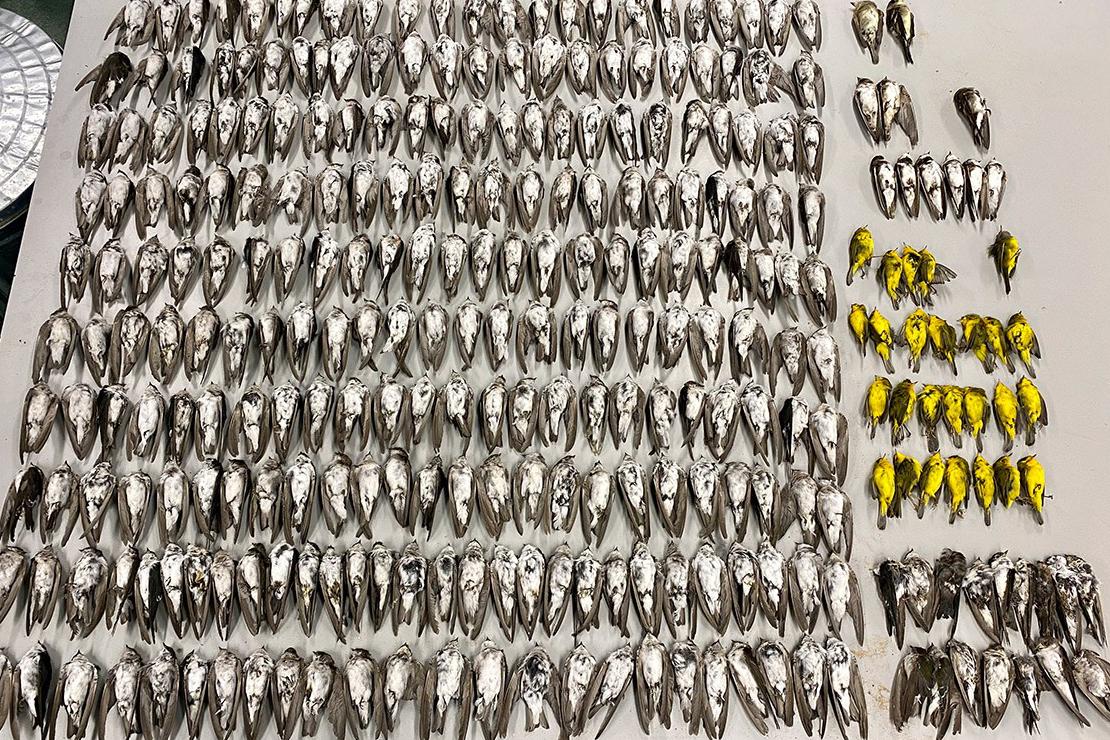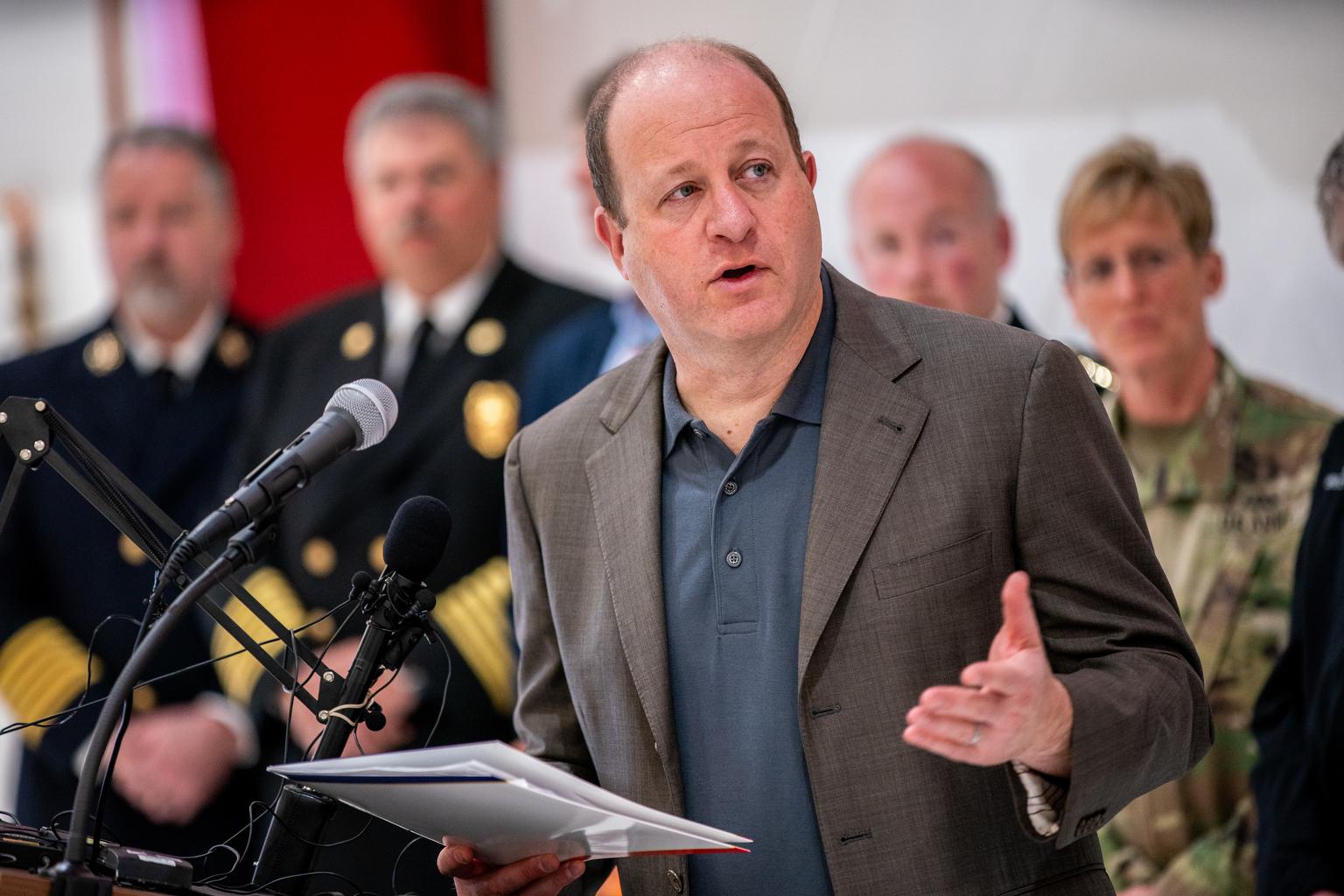
Ornithologists believe they are getting closer to understanding why thousands of migratory songbirds literally fell out of the sky across the Southwest earlier this month, including in areas of Colorado.
The deaths hit several species seemingly without warning, including sparrows, warblers and thrushes, which were heading south to their winter homes.
Arvind Panjabi, an ornithologist with the Bird Conservancy of the Rockies, said the unprecedented discovery of hundreds of dead birds in ravines, on highways and in people’s yards could have been due in part to toxic smoke from fires in the Northwestern United States.
The extreme temperature swing during Colorado’s early September storm was also a bird killer.
“There have been a few efforts to try to understand this better,” Panjabi said. “One of those was conducted by two graduate students, Jenna McCullough and Nick Vinciguerra at the University of New Mexico, who actually went out and collected some of the dead birds that had been reported, and she noted that most of them had starved. So birds that depend on flying insects for finding their food, like swallows and flycatchers, were especially hard hit by this storm. Two days of no food during the peak of migration was just too much.”
Most of the bird die-off was discovered in New Mexico, but after biologists there sounded the alarm on a public reporting site, more reports came in from five states in the southwestern United States including Colorado, and four states in Mexico.
- Three Of Colorado’s ‘Pioneer Wolves’ May Have Been Killed In Wyoming
- Did Colorado Parks And Wildlife Have To Kill That Pet Fox? They Say Yes, And Here’s Why
- What Do Quarantine And Voles Have In Common? They Both Teach Us How Important Our Social Bonds Are
- Animal Adoptions Go Virtual As Colorado Shelters Open Under Safer-At-Home
Citizen scientist SeEtta Moss of Canon City told Colorado Matters about some alarming bird behavior she saw while driving home in the aftermath of the Sept. 8 storm.
“There were lots of birds down on the sides of the roads where they would normally not be,” Moss said. “Many of them were soaking wet from the terrible storm we had the night before where the temperatures plunged from the 90s into the upper 20s. And with snow and rain both the birds were unable to fly, some were on the road and would be run over, which would be something I wouldn’t want to watch and so I left.”
Migratory birds were already in trouble. A paper co-authored by Panjabi for the journal Science published last year found that the United States and Canada lost three billion birds, or about 29 percent of the total population, from 1970-2017 due in part to habitat loss and toxic chemicals.
Birds absorb poisons faster than humans, so their fatal reaction to air toxicity can be a bellwether.
“That is the reason why miners in the 1800s brought canaries down into the coal mines, because their lungs reacted to poisons in the air much more quickly than humans,” Panjabi said.
Birdwatching has become a major form of recreation in the United States. A national survey done in 2016 by the U.S. Fish and Wildlife Service estimated that there are around 45 million birders in America.
Panjabi told Colorado Matters birds normally find a sheltered place like a shrub or tall grasses when it’s time to die, so if a person were to run across a dead bird in an open area, for instance on a driveway or on a hiking path, it should be reported. For that, Panjabi recommends an international app called iNaturalist.
“It’s a way to record observations of everything from birds to plants,” he said. “They’ve started a specific project to gather information on these bird deaths. So you can find those birds and report them there and they get documented that way.”
Finally, Panjabi recommends several ways that Colorado residents can help the migratory songbirds survive their long journey south.
- Domestic pets, and especially cats, can be bird killers. Keep cats inside
- Provide a bird bath for birds to get a drink and to clean themselves.
- To avoid collisions with windows, string ribbon or yarn from top to bottom to break up the reflection from outside. Reflective decal paint also works well for this.
- Provide and protect bird habitats like fallen dead trees where they can shelter.
- Use compost and pull weeds to control the yard rather than applying fertilizers, pesticides and herbicides.









